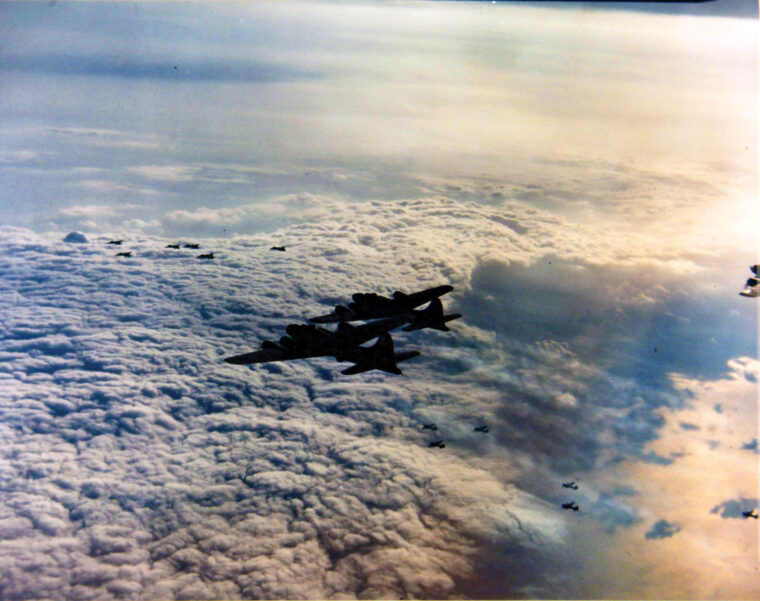
Lt. Col. Wayne K. Blickenstaff’s ‘Ace in a Day’
By Christopher MiskimonLieutenant Wayne Blickenstaff saw a group of German Messerschmitt Me-109 fighters disperse after making a run at some American bombers. Read more

Lieutenant Wayne Blickenstaff saw a group of German Messerschmitt Me-109 fighters disperse after making a run at some American bombers. Read more
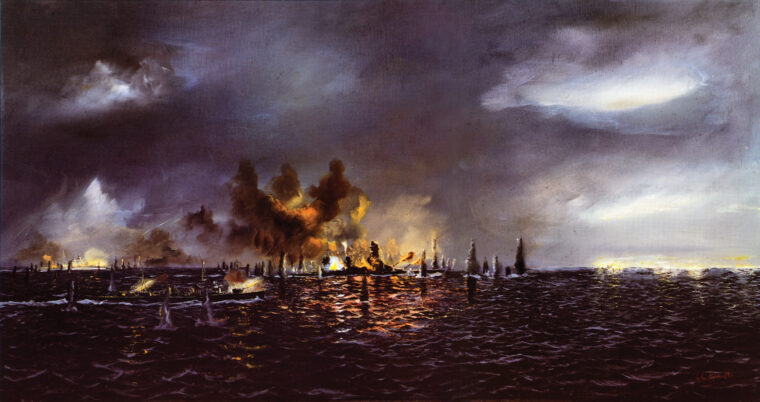
The Battle of Leyte Gulf, while the largest naval battle in history, was composed of four major actions occurring over two days. Read more
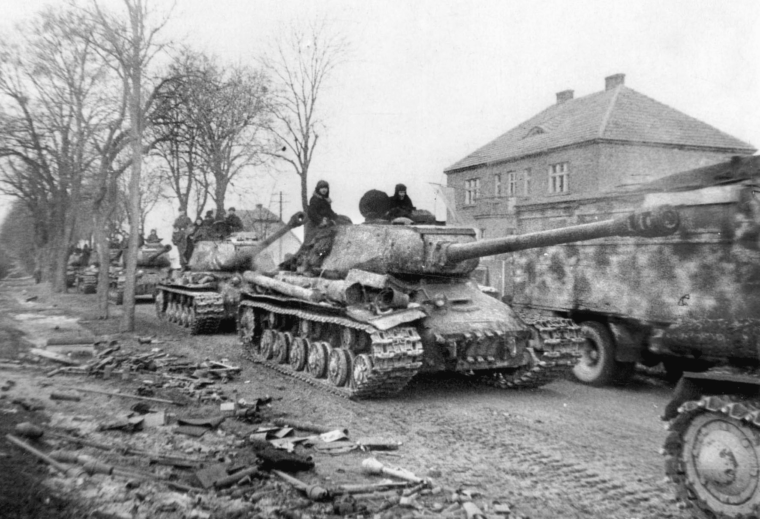
The overwhelming Soviet offensives in the summer of 1944 threw the German army back. Much of the German Army Group North drew back into the Baltic States of Estonia, Latvia, and Lithuania. Read more
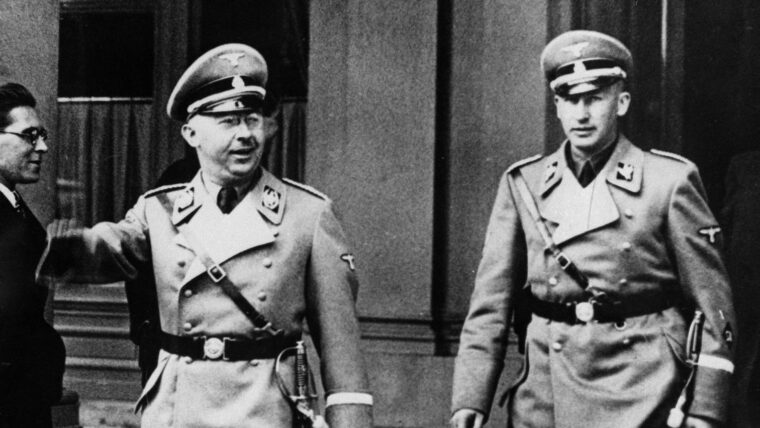
Felix Kersten acted as Heinrich Himmler’s personal masseur and did the job so well Himmler nicknamed the outgoing, heavy set Kersten the “Magic Buddha.” Read more
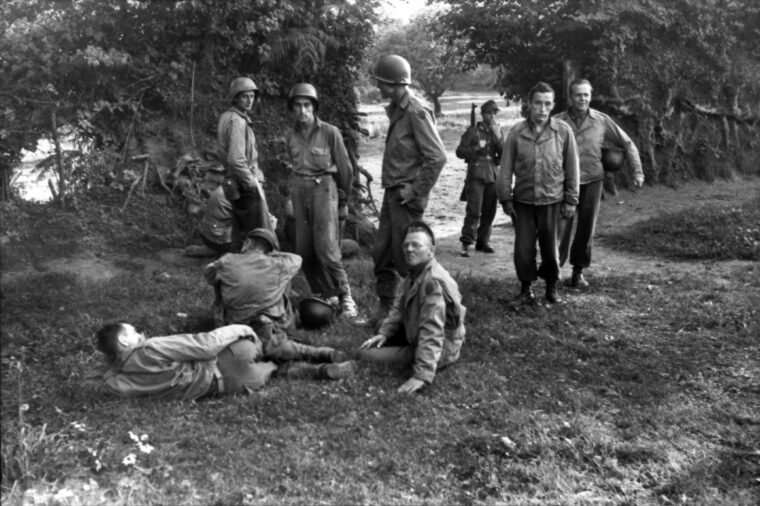
The German Army had extensive combat experience, some of the best weapons and equipment, and in June 1944 was holding its own in Italy and on the Eastern Front. Read more
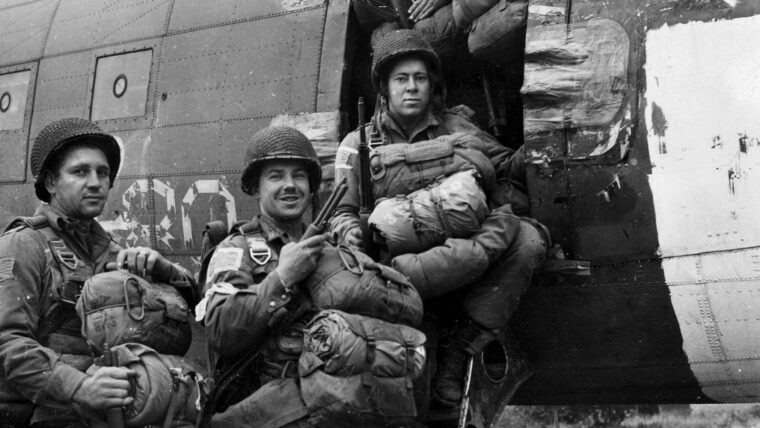
Glider Pilots occupied a perilous position in British airborne divisions. It took skill and determination to pilot a glider. Read more
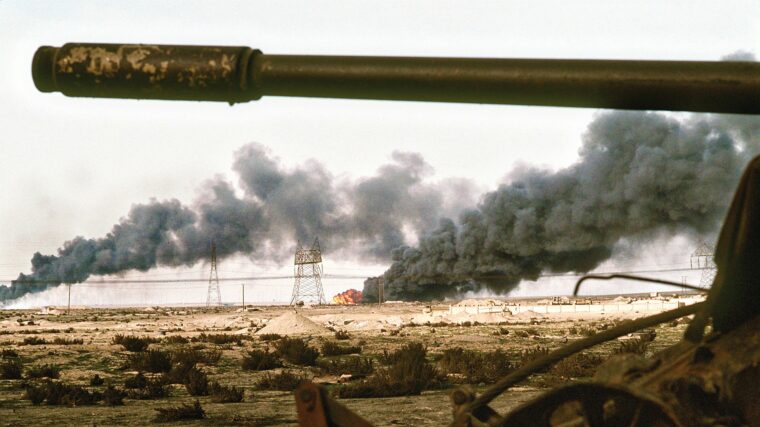
IN November 1990 the United Nations Security Council passed a resolution authorizing the use of force against Iraq if it failed to withdraw from Kuwait by January 15, 1991. Read more

Early on the morning of Sunday, October 15, 1944, a platoon of the U.S. 442nd Regimental Combat Team’s 100th Infantry Battalion (Separate) waited on a hill for its first action in the rugged Vosges Mountains of eastern France. Read more
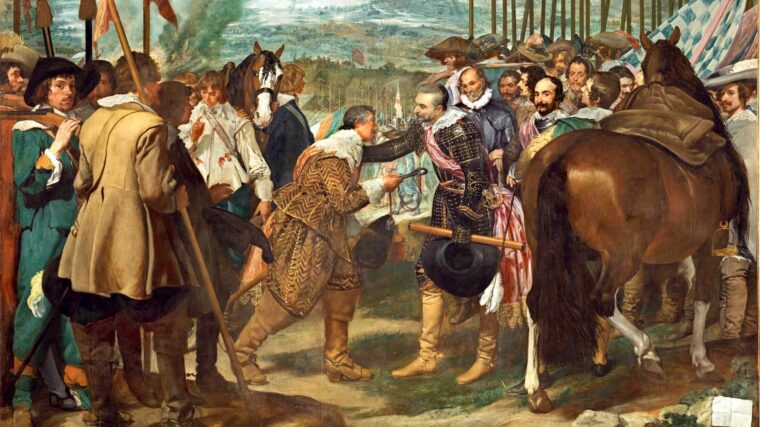
The crown of Spain and the wealthy banking families of Genoa had a symbiotic relationship during the Renaissance. Read more
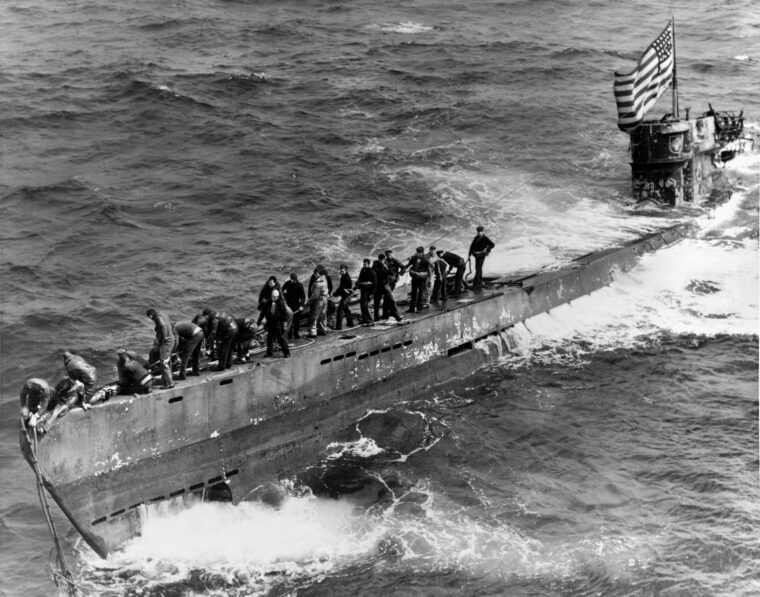
Itching for sea duty but forced to cool his heels with shore assignments, 40-year-old U.S. Navy Captain Daniel V. Read more
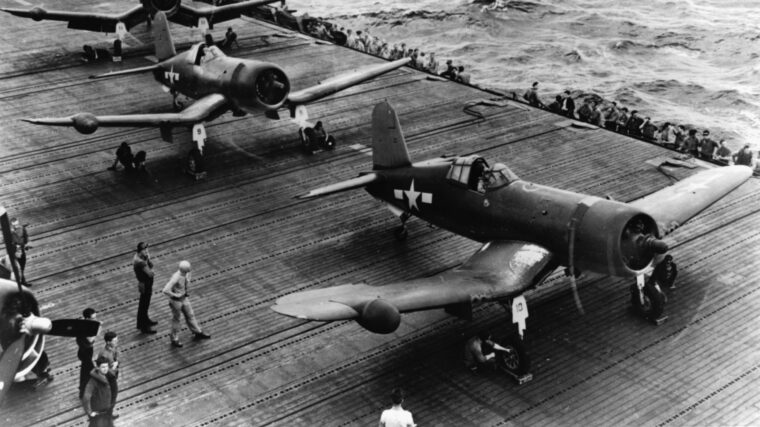
Just before it was drawn into World War II, the United States began developing a night fighter version of one of its most famous warplanes. Read more
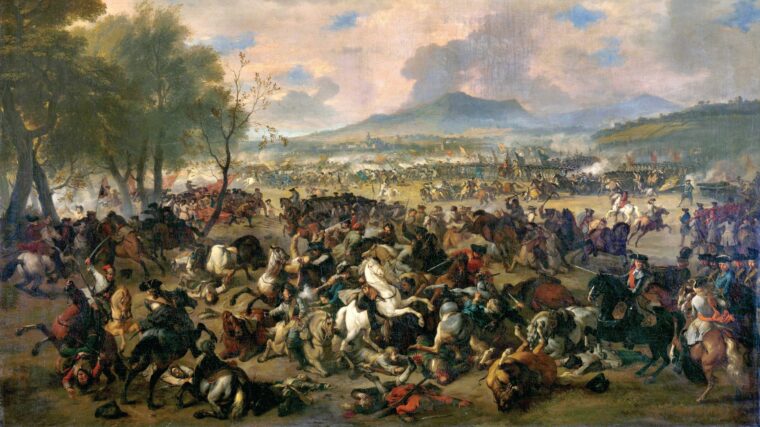
Late in the day on May 23, 1706, the troops of the Colonel William Borthwick’s regiment of Argyll’s Scots Brigade formed up for an unenviable assignment. Read more
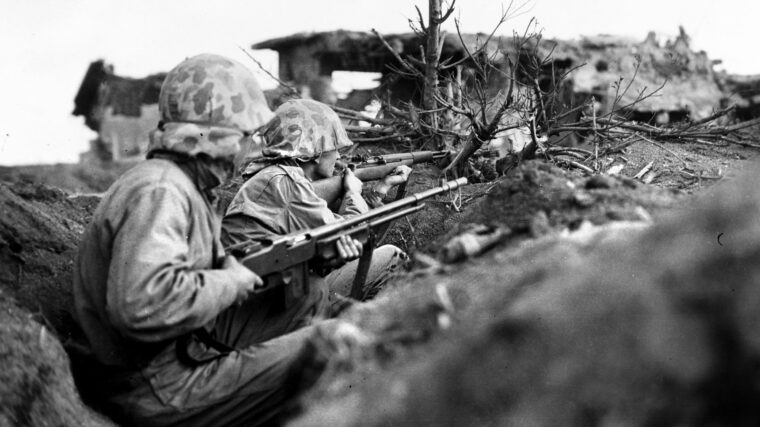
By dawn on June 9, 1944, the men of the Company C, 1st Battalion, 325th Glider Infantry Regiment, of the 82nd Airborne Division found themselves engaged in a fierce firefight with German troops at the village of Cauquigny just west of the Merderet River in Normandy’s Cotentin Peninsula. Read more
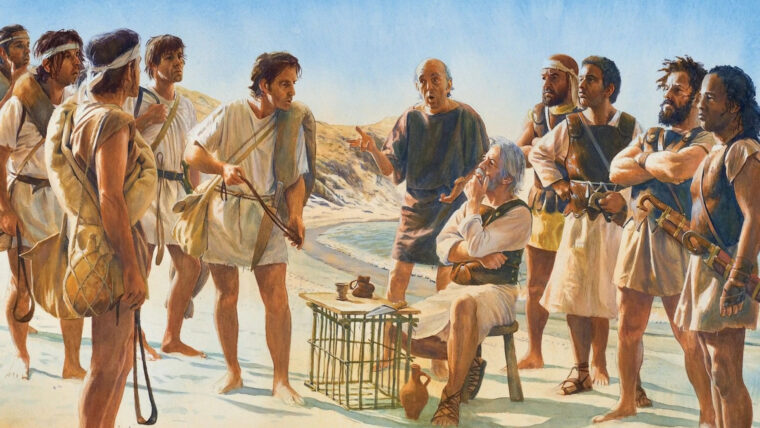
More than 3,000 years ago, an army of Israelites led by King Saul confronted a force of Philistine invaders in the valley of Elah. Read more
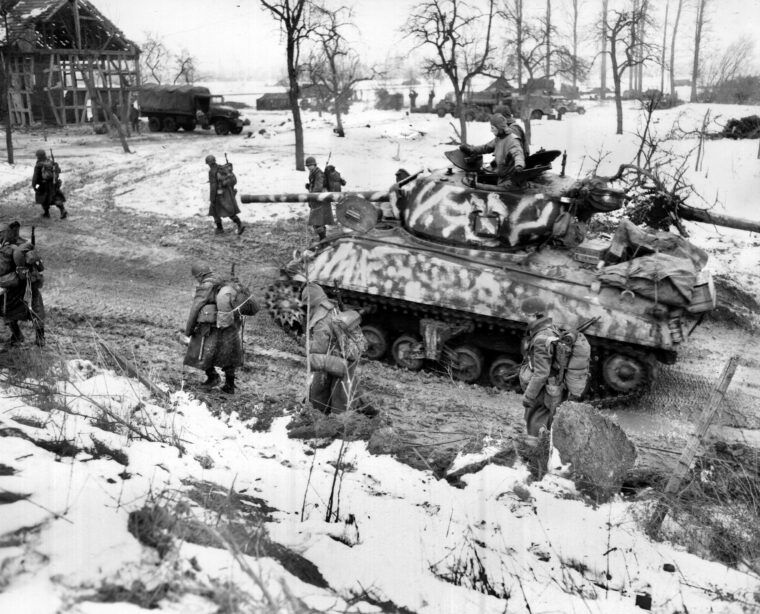
By Christopher Miskimon
On January 25, 1945, every officer in Company B of the 15th Infantry Regiment of the American 3rd Infantry Division became a casualty in the fight for the “Colmar Pocket” except Lieutenant Audie Murphy. Read more
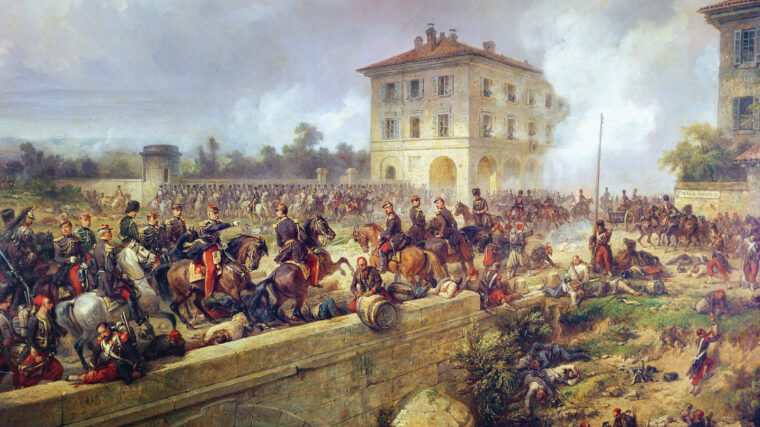
On April 20, 1859, Emperor Franz Josef paid a respectful visit to Prince Klemens Wensel von Metternich’s place at Rennweg in Vienna. Read more
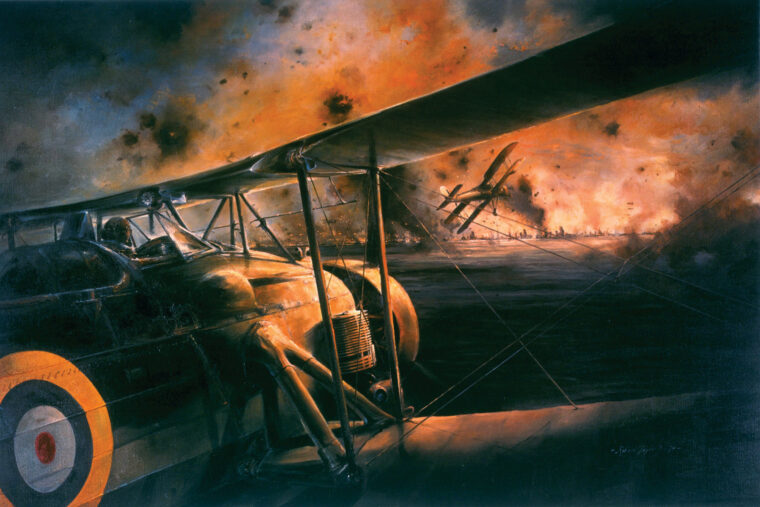
Radar, atomic bombs, jet engines and early cruise missiles were among the numerous technological advances of World War II. Read more
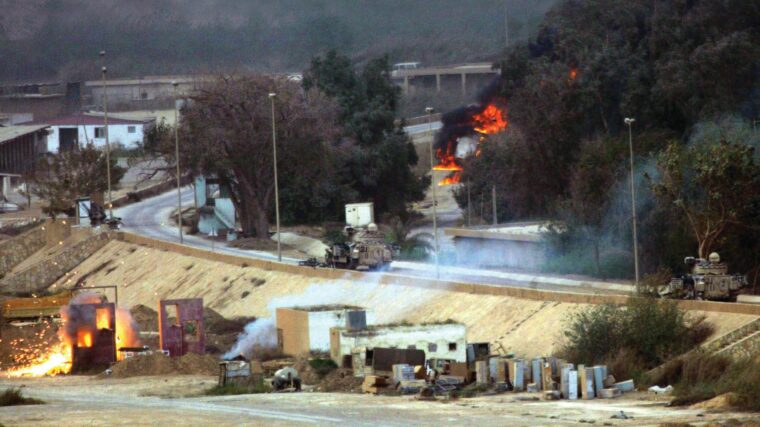
T he lead elements of the First Brigade of the U.S. Third Infantry Division became heavily engaged against Iraqi forces at the Saddam International Airport on the southwest outskirts of Baghdad on April 3, 2003, but by the end of the day they had secured it. Read more
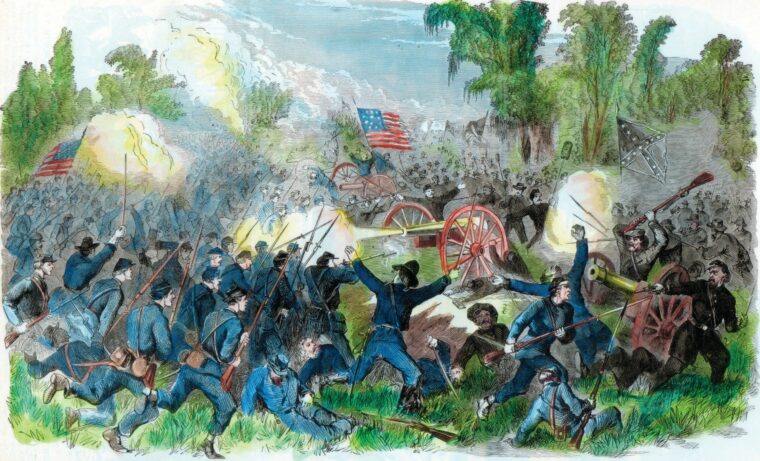
The barren summit of Champion’s Hill presented an ideal site for Lt. Gen. John C. Pemberton’s Confederate army to deploy artillery batteries on the morning of May 16, 1863. Read more
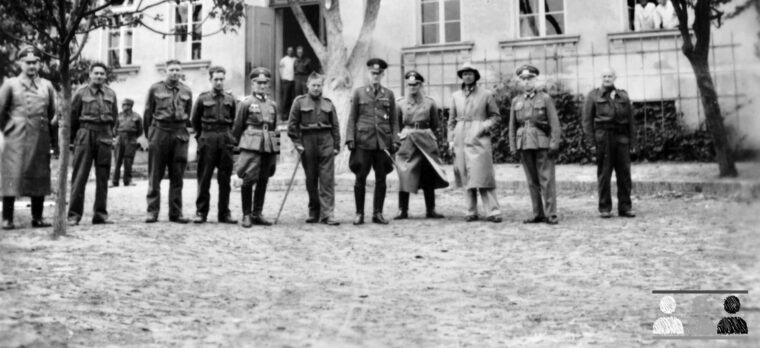
On July 28, 2018, at the Doubletree Hilton Hotel near Dulles Airport, outside Washington, D.C., Mariusz Winiecki, a 42-year-old Polish professor, told an audience of Americans about his experiences growing up in the small town of Szubin, 150 miles southeast of Warsaw. Read more